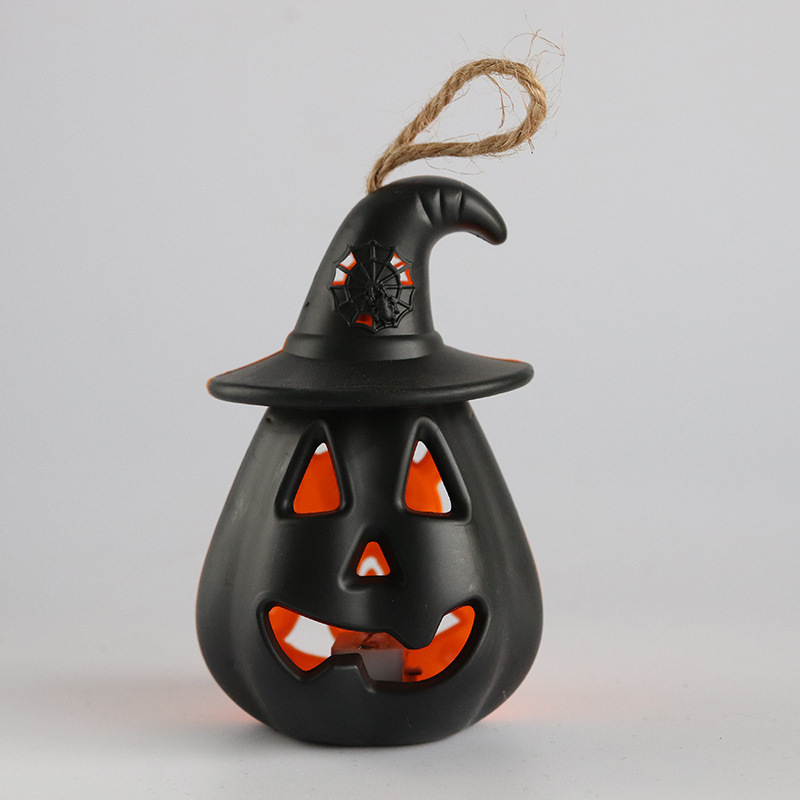There are four main types of processes for 3D printing, and newer processes often emerge. Each additive manufacturing process uses different materials to produce components with unique properties that work well for specific applications.
1. there is photopolymerization
Reduction polymerization of liquid photopolymers cured by photosensitive polymerization is one of the earliest additive manufacturing processes. Precise uv layer by layer curing and solidification of thin layers of photosensitive resins. This method, known as stereophotography, was commercialized in the mid-1980s. With the original 3D printing technology in mind, stereolithography parts are used to invest in applications such as casting patterns, prototypes and concept models. Another notable technology is digital light processing.
2. material extrusion
This additive manufacturing type distributes the material by heating the nozzle or extruding the head. After laying one layer, descend to build the platform, or move the extrusion head up to print the next layer on top of the previous layer. The raw material is usually thermoplastic filament, wound on a spool and melted when extruded. A common technique using this method is molten deposition. This type of additive manufacturing can be used for manufacturing parts, manufacturing tools, and functional prototypes due to the ability to construct with common thermoplastic materials.
3. powder layer fusion
Powder layer fusion the cross section area of a powder fused by thermal energy. Heat melts the powdery material and solidifies when it cools. With polymers, the unused powder around the part is used to hold the part in place, so no extra support is usually required. For metal parts, anchors are usually required to connect the parts to the printing bed and support a downward configuration. Laser sintering was commercialized in 1992, followed by high-speed sintering and, more recently, multi-jet fusion. In metal manufacturing, direct metal laser sintering and electron beam melting molding (EBM) are very popular industrial systems.
4. Material spraying
Material injection is one of the fastest additive manufacturing methods using multi-nozzle print heads. Additive manufacturing deposits droplets of construction material layer by layer. Material injection system can print multi-material and graded material parts. Components are produced in different proportions of each material, resulting in a variety of colors and a variety of material properties. Typically, these systems use photopolymers, waxes and digital materials in which multiple photopolymers are mixed and sprayed simultaneously. Techniques such as multi-jet modeling and jetting are used to create rapid prototyping, concept models, investment casting patterns, and anatomical realistic medical models.
Welcome to snap up!
Contact us: sales01@senzeprecision.com
Post time: Jun-06-2022




